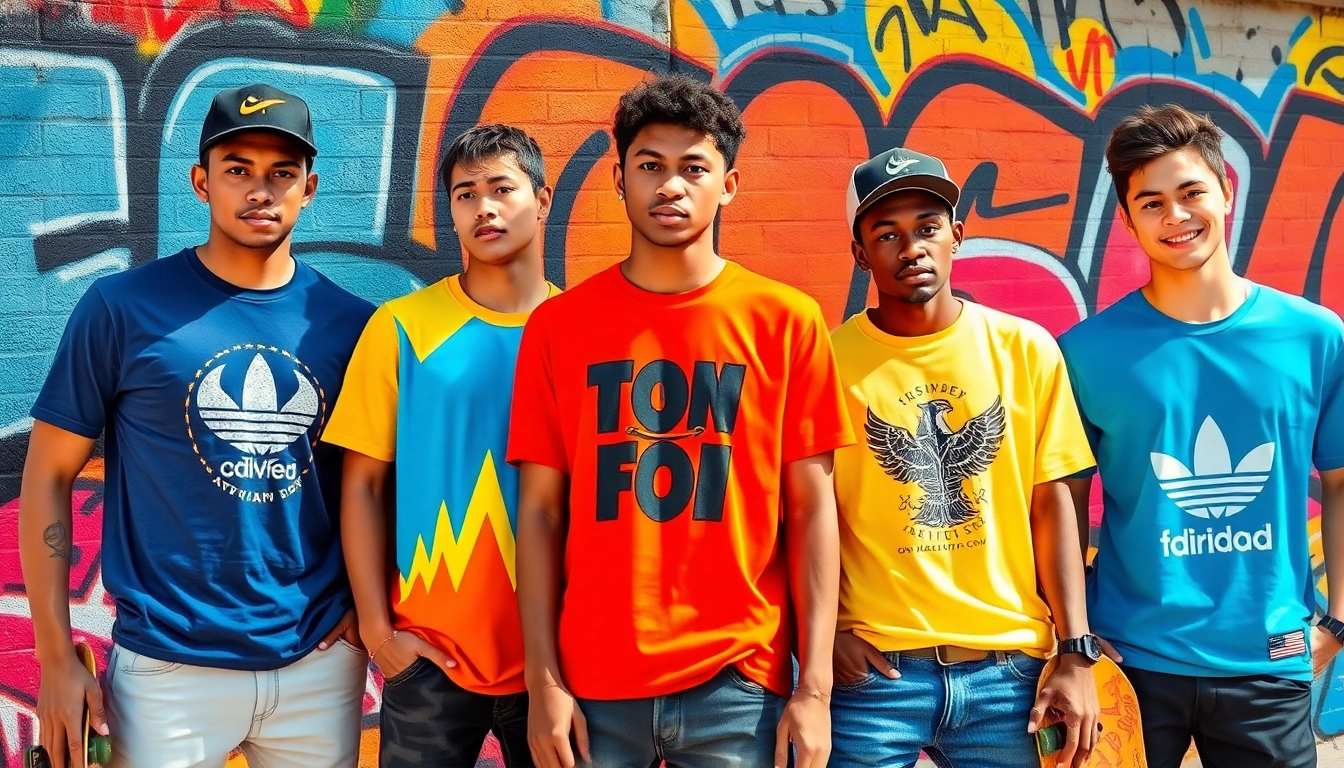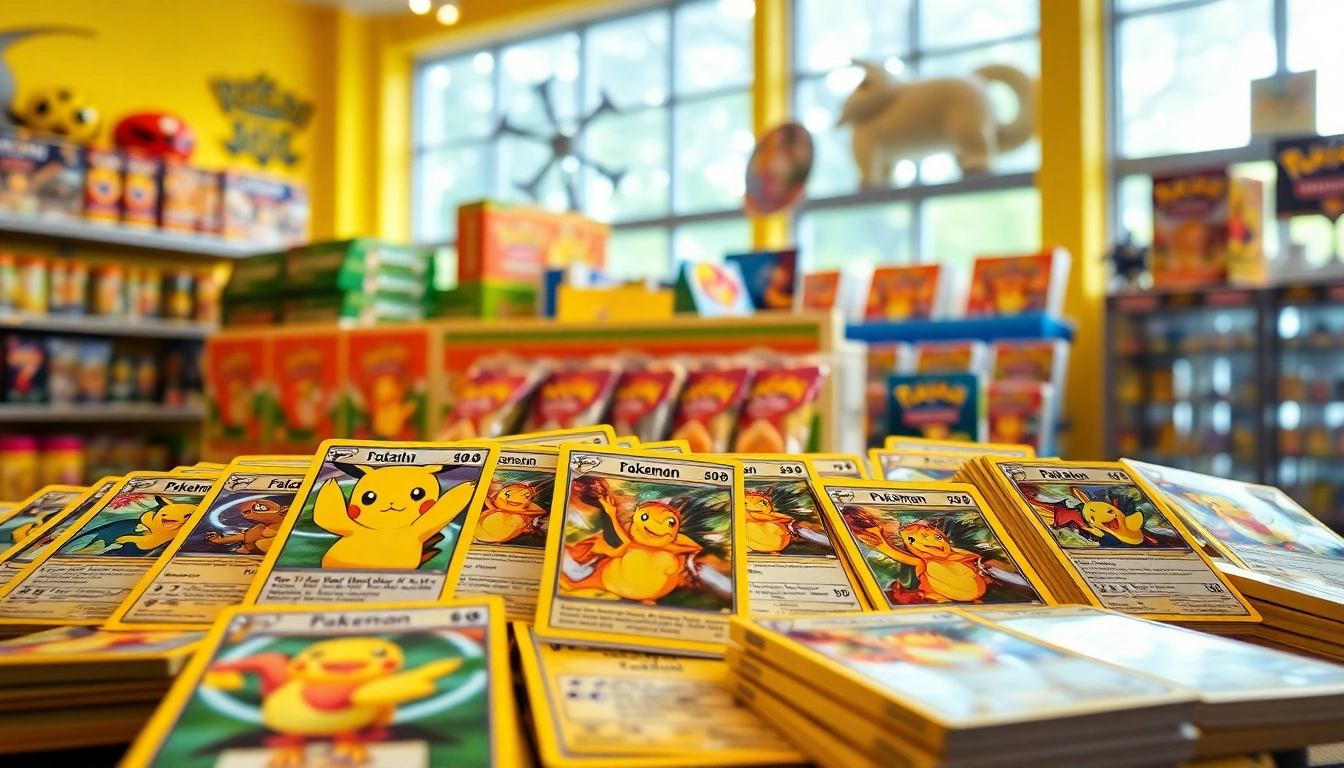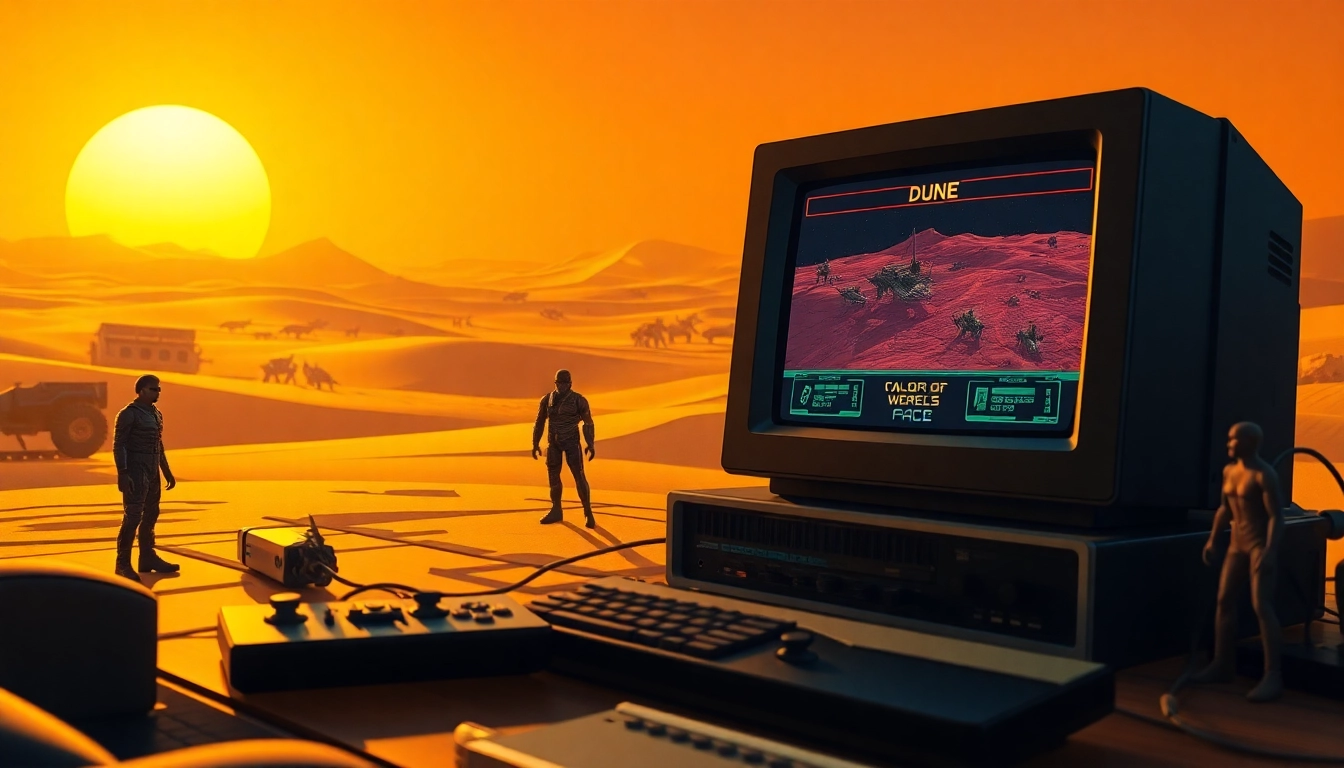
The Evolution of the Graphic T-Shirt
History of Graphic T-Shirts
The graphic t-shirt, colloquially known as a graphic tee, finds its origins in the early 20th century when it was primarily worn by men as an undergarment. Over the decades, the tee evolved into a versatile fashion statement, especially in the 1960s, when rock bands and artists began to utilize the fabric as a canvas for self-expression and branding. The rise of screen printing technology allowed for more detailed and colorful designs to emerge, which disrupted traditional garment manufacturing. By the 1980s and 1990s, graphic tees became synonymous with youth culture, often featuring outrageous designs and logos that reflected the ethos of various social movements, music genres, and cultural trends. This era set the stage for contemporary graphic tees, creating a market for custom designs and limited-edition releases.
Current Trends in Graphic Designs
Today, graphic tees showcase an extensive range of designs, from minimalist aesthetics to bold, vibrant illustrations. Current trends indicate a shift towards eco-conscious designs, employing sustainable materials and ethical production methods. Artists are increasingly merging artistic expression with social commentary, using tees as a platform to address issues like climate change, mental health, and equality. Vintage styling remains prominent, with retro graphics gaining traction, inspired by nostalgia for past decades. Popular motifs include pop culture references, abstract art, and hand-drawn illustrations, allowing wearers to showcase their unique identities.
Significance in Pop Culture
Graphic tees have a unique place in pop culture, acting as both a fashion statement and a means of communication. They allow individuals to express their preferences in music, film, and art, making them staples in the wardrobes of celebrities and everyday people alike. Iconic moments, such as musicians wearing custom graphic tees during pivotal performances or actors donning them in influential films, have solidified their status in fashion history. The democratization of design, especially through online platforms, has enabled a broader audience to create or wear tees that resonate with their cultural connections.
Choosing the Right Graphic T-Shirt
Understanding Different Fabric Types
The fabric of a graphic t-shirt significantly influences both its comfort and durability. Common materials include cotton, polyester, and blends of the two. Cotton is favored for its softness and breathability, making it ideal for casual wear. However, 100% cotton can shrink after washing, so many brands offer pre-shrunk options or blends with polyester for improved durability. Polyester, on the other hand, is known for its moisture-wicking properties, making it a popular choice for activewear. It’s essential to consider the weave and the weight of the fabric; heavier fabrics tend to offer a premium feel, while lighter materials may be more suitable for hot weather.
Design Elements that Appeal to Consumers
When selecting or designing a graphic tee, several key elements should be considered to appeal to consumers. Firstly, color plays a pivotal role—bold, contrasting colors often attract attention, while pastel or monochromatic palettes may cater to minimalists. Secondly, the placement of the graphic is vital; designs that span the entire shirt or are strategically placed can create visual interest. Typography also matters—fonts that convey emotion or a sense of humor can enhance a design’s relatability. Lastly, uniqueness sets a graphic tee apart; limited editions or collaborations with artists can create an exclusive allure that appeals strongly to modern consumers.
How to Match Graphic Tees with Outfits
Graphic tees are inherently versatile and can be paired with various clothing pieces to create distinct looks. For a casual outing, pairing a graphic tee with denim shorts or leggings can create a laid-back look that’s perfect for warm weather. For a more polished appearance, layering a graphic tee under a blazer with tailored pants can strike a balance between casual and formal. Accessories also play a crucial role—bold jewelry or striking shoes can elevate the impact of a tee. Experimentation is key; mixing patterns or textures can lead to eye-catching ensembles that showcase individual style.
Buying Graphic T-Shirts Online
Finding Quality eCommerce Stores
As online shopping continues to dominate, finding reliable eCommerce platforms is crucial for purchasing high-quality graphic t-shirts. Sites such as Graphic T-shirt not only offer extensive collections but also provide transparent information regarding their manufacturing practices, sizes, and customer testimonials. When evaluating a store, looking for features like high-resolution images, detailed product descriptions, and customer reviews can significantly assist in making informed decisions. Familiarity with popular marketplaces and niche shops specializing in graphic apparel can help consumers discover unique options that align with their style.
Understanding Size and Fit
Size and fit are critical when purchasing graphic t-shirts online, as brands often have varying sizing charts. Consumers should take accurate measurements of their chest, waist, and length to compare against the sizing guide provided. It’s also beneficial to read customer reviews regarding fit; insights into whether a shirt runs true to size, small, or large can greatly assist in selecting the correct size. Additionally, considering the desired fit—whether a relaxed or fitted look—can influence the size choice. Many customers prefer to order a couple of sizes and return what doesn’t fit, so reviewing the return policy beforehand can streamline the process.
Return Policies and Customer Service
When shopping for graphic tees online, understanding the return policies and customer service quality is essential. A good return policy often includes hassle-free returns, allowing customers to send back items that are unsatisfactory. Many brands offer exchanges for different sizes or styles, providing flexibility. Customer service can make or break the shopping experience; effective communication channels such as live chat, email support, or phone assistance are indicators of a reliable store. Brands that prioritize customer satisfaction are more likely to foster loyalty and encourage repeat business.
Marketing Your Own Graphic T-Shirt Line
Identifying Your Target Audience
Before launching a graphic t-shirt line, understanding your target audience is paramount. This includes demographics such as age, interests, and lifestyle preferences. Consider conducting market research through surveys or social media polls to gain insights into what potential customers value. Identifying niche markets, such as environmentally conscious consumers or fans of specific music genres, can help tailor designs that resonate with specific groups, thereby enhancing the effectiveness of marketing strategies.
Creating Unique Designs that Sell
In a saturated market, creating unique, compelling designs is essential for standing out. Collaborating with artists or leveraging technology to create customizable designs can ensure your offerings are fresh and diverse. Exploring trends in art, fashion, and pop culture can serve as a source of inspiration. Engaging with your audience on social media for design feedback can also foster a sense of community and inclusion, making consumers feel more attached to the brand and more likely to purchase.
Utilizing Social Media for Promotion
Social media provides an effective platform for promoting a graphic t-shirt line. Utilizing visually-driven platforms like Instagram and Pinterest allows brands to showcase designs in creative and engaging ways, while stories and reels can highlight the design process or customer testimonials. Collaborating with influencers can amplify reach, leveraging their followers to create additional buzz around the products. Consistency in branding and messaging across all platforms is vital to establish and maintain a recognizable storefront.
The Future of Graphic T-Shirts
Environmental Considerations in Production
The future of graphic t-shirts is increasingly focused on environmental sustainability. With rising awareness about climate change and resource depletion, consumers are gravitating towards brands that prioritize eco-friendly practices. This includes utilizing organic cotton, recycled polyester, and water-based inks in the printing process. Brands that communicate their sustainability efforts effectively can enhance consumer trust and loyalty, positioning themselves as leaders in an eco-conscious market.
Technological Innovations in T-Shirt Printing
Technological advancements continue to revolutionize the graphic tee industry. Innovations such as Direct-to-Garment (DTG) printing allow for more detailed images and faster turnaround times, enhancing customization and reducing waste. Future developments in 3D printing might further democratize design, enabling consumers to create personalized shirts with ease. These tools will enable independent brands and designers to compete against larger players, providing consumers with an array of choices.
Customizable Options for Consumers
As consumer demand grows for personalized products, offering customizable graphic t-shirts presents a lucrative opportunity. This can include allowing customers to select their preferred design elements, colors, and even shirt styles. Many successful brands implement online configurators that empower customers to design their unique tees. This interactivity not only enhances the buying experience but also creates deeper consumer engagement, often leading to increased brand loyalty and repeat purchases.







